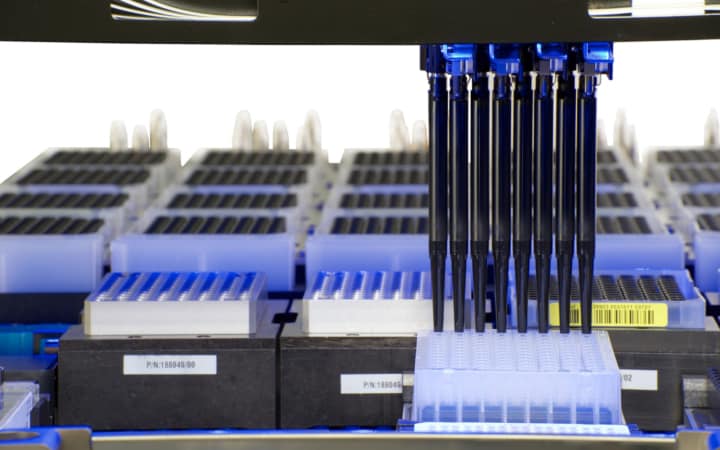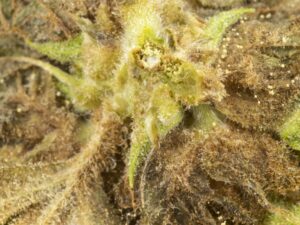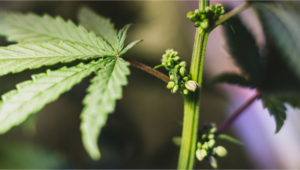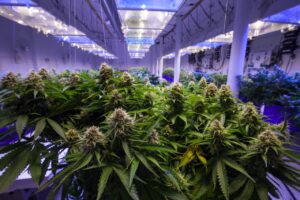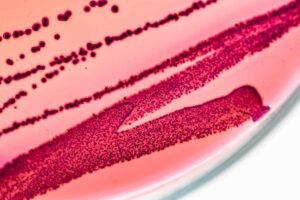We believe the PathoSEEK™ Microbial Safety Testing Platform is the best microbial detection technology on the market. It is the only microbial detection technology to be validated on cannabis flower, extracts, and marijuana infused products (MIPS), yet there are some in the industry who are hesitant to adopt it. Below are some of the common concerns we hear when discussing qPCR-based technology with folks in the cannabis industry.
qPCR is not a new and unproven technology
When compared to culture-based testing, qPCR technology is new, but it has actually been around since the early 80s. Since its inception, qPCR has been extensively used to detect pathogenic microbes in the food industry and the medical industry, and the AOAC Research Institute has approved qPCR as a microbial testing method for a variety of foods.
qPCR doesn’t fail more samples
It is true that qPCR is capable of detecting the DNA from dead organisms, but that does not lead to more failures than commercial culture-based tests when it comes to total count tests. That is because culture-based tests often grow off-target microbes that improperly inflate the CFU number. That is, tests designed to grow yeast and mold have been proven to grow bacteria and vice-versa.
Three of the top cannabis testing labs in Nevada use qPCR for microbial testing and their failure rates for total-count tests are no higher than those that use plating.
When it comes to presence-absence tests (i.e., Aspergillus, E.coli, Salmonella), the viability of the organism is not the concern. It is the spores and toxins they produce. So detection of DNA from dead pathogenic organisms is an indicator of risk to the consumer and should be considered a failure.
qPCR is not too expensive
The cost for running qPCR microbial tests depends on two things, volume and the number of microbial targets you are trying to detect. For example, the proposed California regulations require inhaled cannabis products be tested for STEC, Salmonella, Aspergillus flavus, A. fumigatus, A. niger, and A. terreus. Using the PathoSEEK platform, labs can use a single DNA extraction to test for all six organisms, using just two plate wells. Labs that have the volume to fill a 96-well plate can test 46 samples on a single instrument run, at a cost that is comparable to common plating platforms.
As for equipment costs, the average cost of a brand new qPCR Instrument is approximately $15,000, and used machines can be found for half that price. This is a far cry from some of the exaggerated numbers our competitors have referenced.
qPCR doesn’t take days to run
It takes less than 3 hours to process enough samples to fill a 96-well plate using the PathoSEEK Microbial Safety Testing Platform. This includes DNA extraction, PCR Setup and PCR cycling time. With automation, high-volume laboratories can run up to 4 full plates each day, using just one 96-well thermal cycler.
Contact us with any other questions
We hope this post properly adresses some of the concerns you may have with qPCR-based microbial testing. If you have any other questions, please don’t hesitate to contact us.

